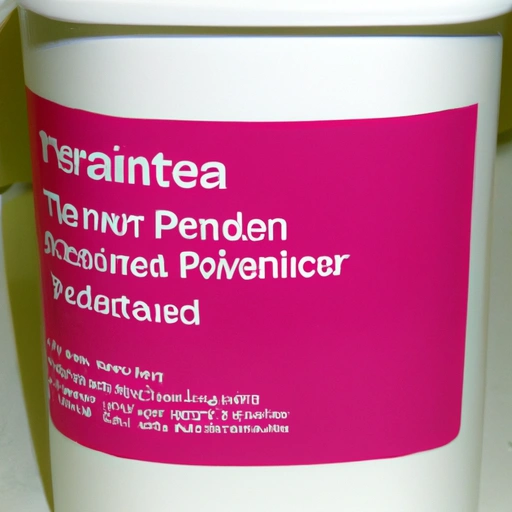Meat Tenderizer
Description

Meat tenderizer is a culinary additive commonly used to soften and tenderize meat fibers, enhancing the texture and flavor of various cuts of meat. It often comes in powder form and may consist of natural enzymes such as papain or bromelain, which are derived from papayas and pineapples, respectively. These enzymes break down the tough muscle fibers, rendering the meat more palatable and easier to chew.
The use of meat tenderizers is widespread across different culinary traditions, and measurements in recipes can vary. In American recipes, meat tenderizer is typically measured in teaspoons (tsp) or tablespoons (tbsp), while European and Azjan recipes may use grams (g) or milliliters (ml). A standard American teaspoon is approximately 4.9 milliliters, and a tablespoon is about 14.8 milliliters. For dry ingredients, a teaspoon is about 5 grams, and a tablespoon is around 15 grams.
Common uses
Meat tenderizer powders are often used as a pre-cooking treatment for tougher cuts of meat, such as chuck, round, or flank steaks. These enzymes can also be found in certain marinades and seasonings that aim to both flavor and tenderize meats prior to cooking.
Nutritional value
Calories
As a seasoning, meat tenderizer powder adds minimal calories to dishes and is used sparingly.
Protein
Meat tenderizers usually contain negligible amounts of protein.
Fat
There is typically no fat content in meat tenderizer powders.
Carbohydrates
Carbohydrates in meat tenderizers are minimal, as the powder is not used in large quantities.
Vitamins
While not a significant source of vitamins, some tenderizers may contain trace amounts depending on the additional ingredients included in the blend.
Minerals
Mineral content in meat tenderizers is usually insignificant; however, some products may contain added sodium.
Health benefits
While meat tenderizer itself does not have significant health benefits, its use can result in a more enjoyable eating experience, particularly for those who may have difficulty chewing tougher meats. By aiding in the digestion of proteins, it can also potentially ease the digestive process.
Potential risks
Excessive use of meat tenderizer can lead to over-marination, which may result in a mushy texture. People with sensitivities to specific enzymes or allergies to the source plants should use caution. Additionally, tenderizers often contain added salt, which should be moderated in a balanced diet.
Common recipes
Common recipes utilizing meat tenderizer include marinated steaks, stews, and barbecue meats. It enhances both the taste and texture of various meat dishes.
Cooking methods
Meat tenderizer is applied before cooking methods such as grilling, roasting, or braising. It can also be used in slow-cooked recipes where the meat is meant to become exceptionally tender.
Pairing with other ingredients
Pair meat tenderizer with complementary spices and herbs to create flavorful marinades. It works well with garlic, pepper, soy sauce, and citrus juices, among other ingredients.
Summary
Meat tenderizer is a valuable ingredient in the culinary world, aiding in the preparation of softer, more flavorful meat dishes. Available in various formulations with enzymes that specialize in breaking down tough proteins, it has become an essential tool for cooks and chefs seeking to improve the texture of their meat dishes. While it should be used in moderation, meat tenderizer can transform an ordinary meal into a delectable experience.